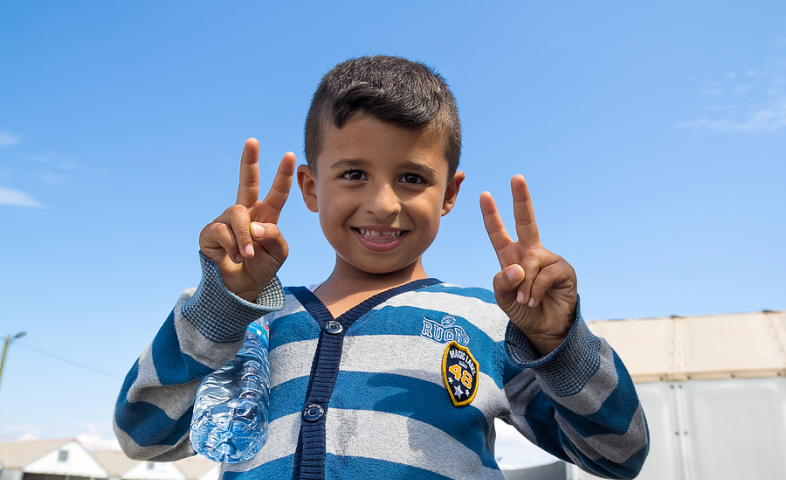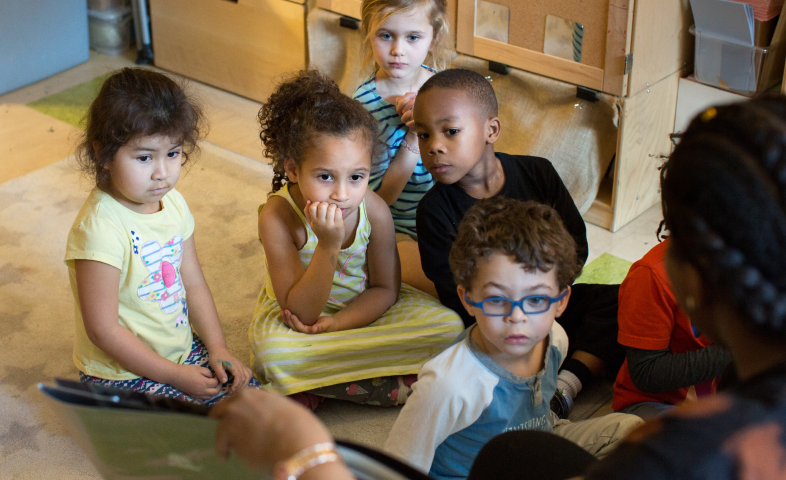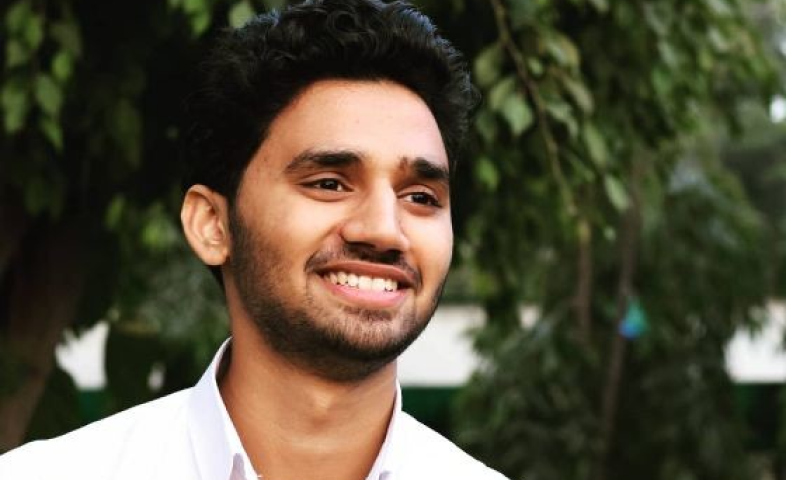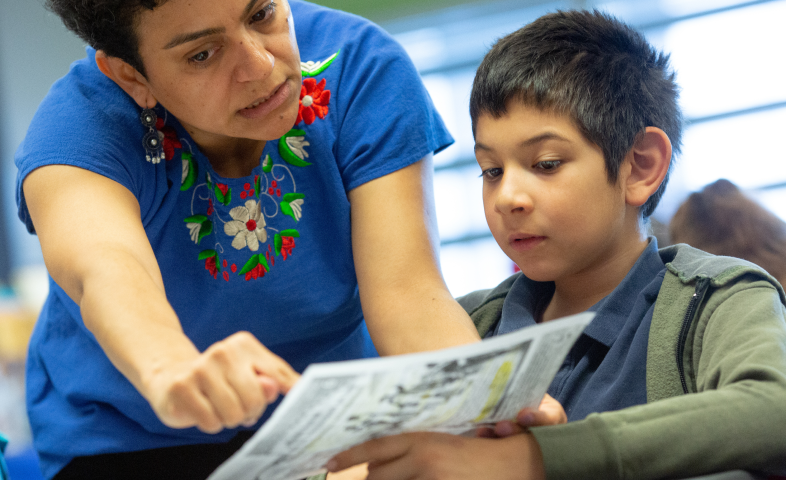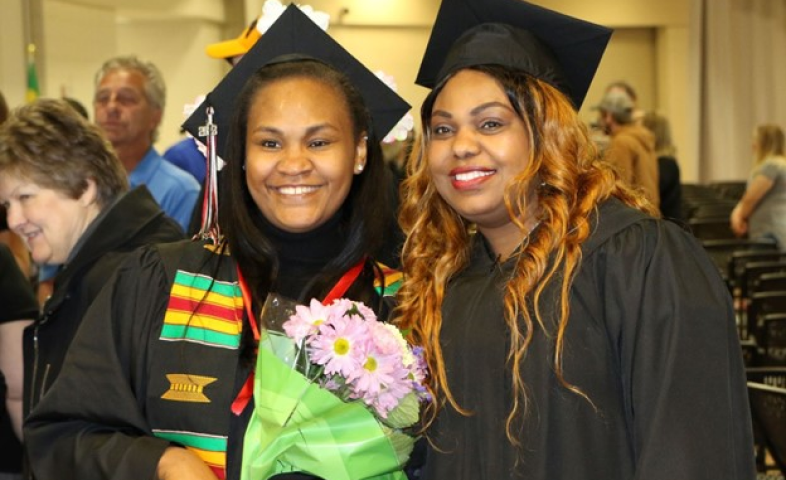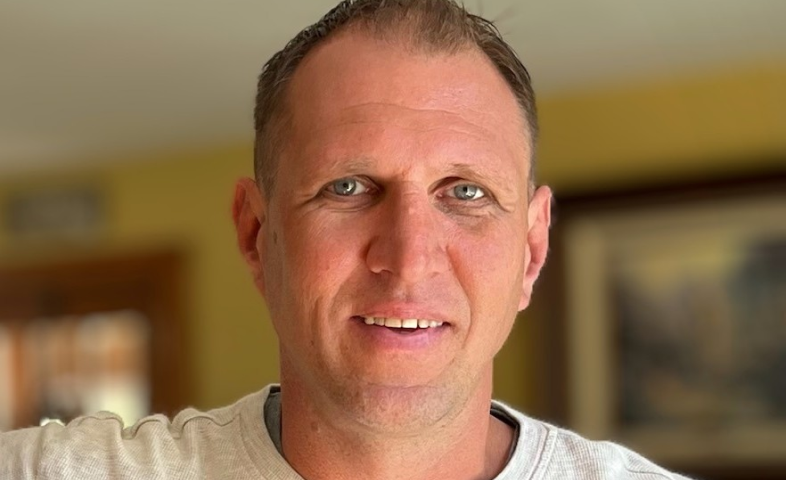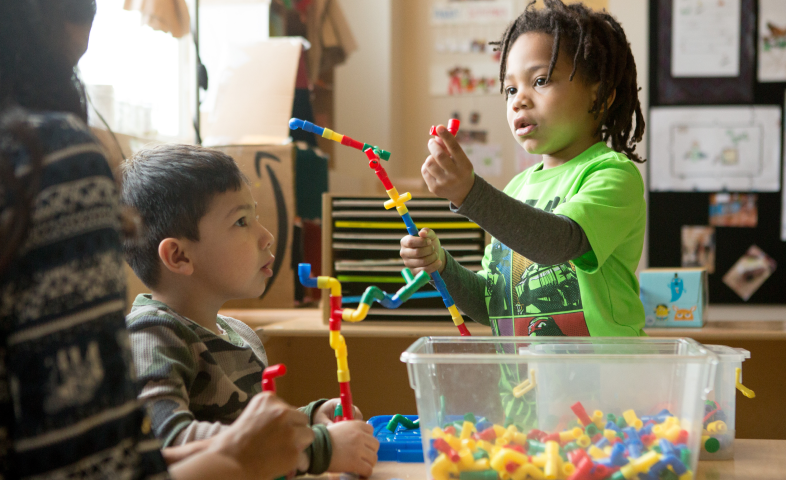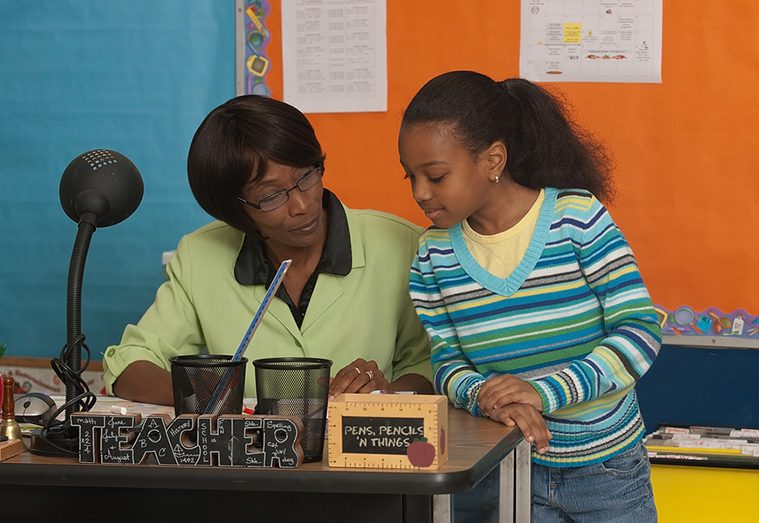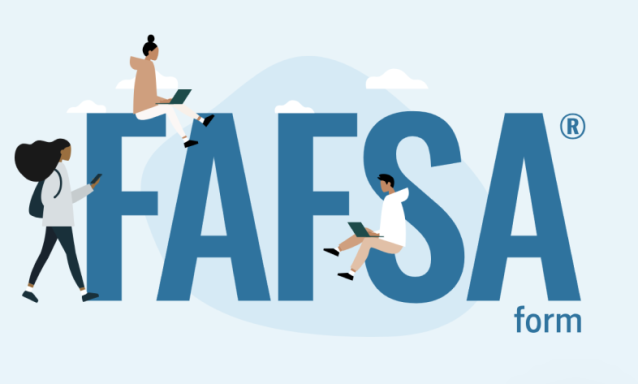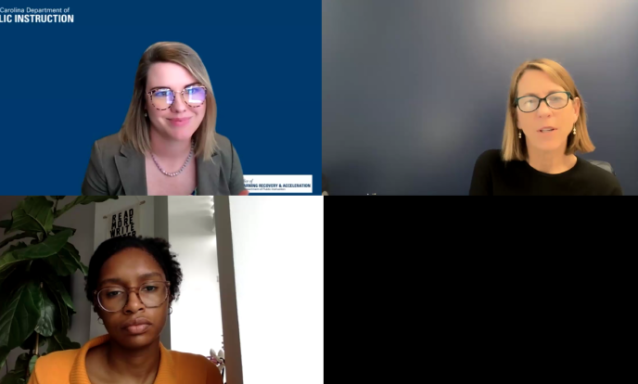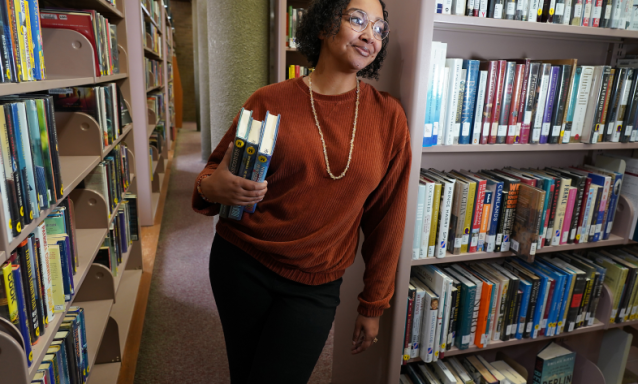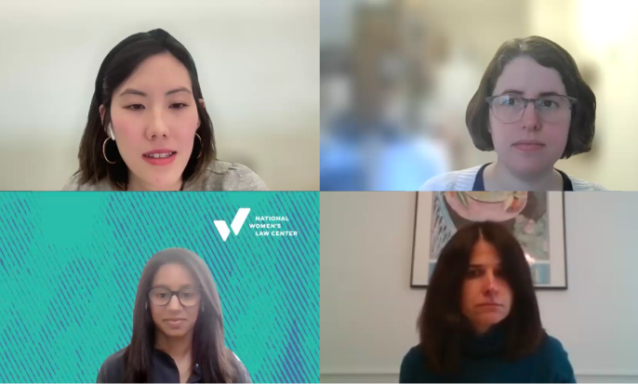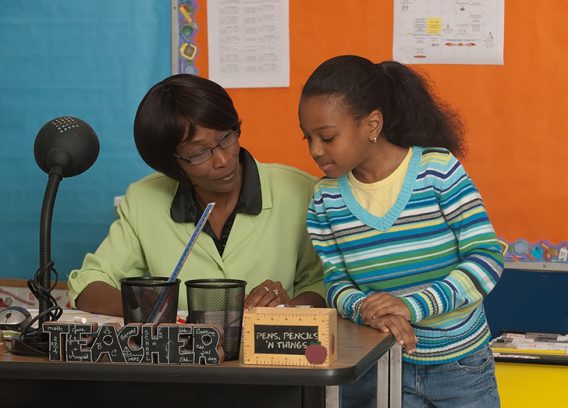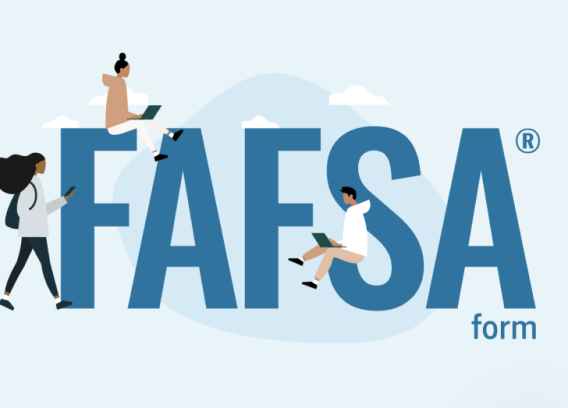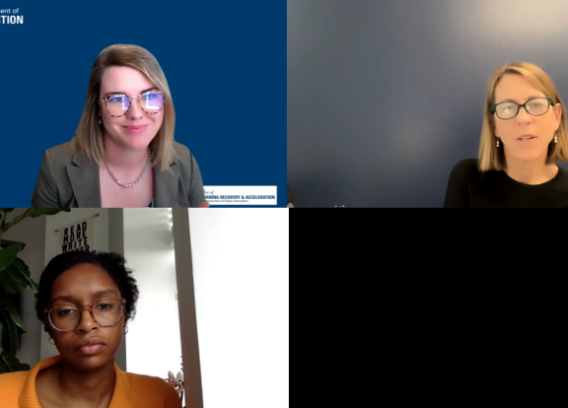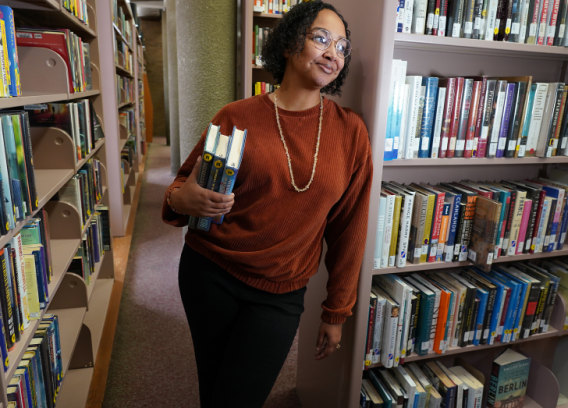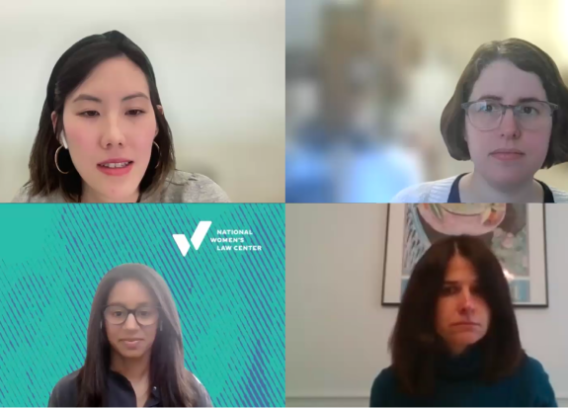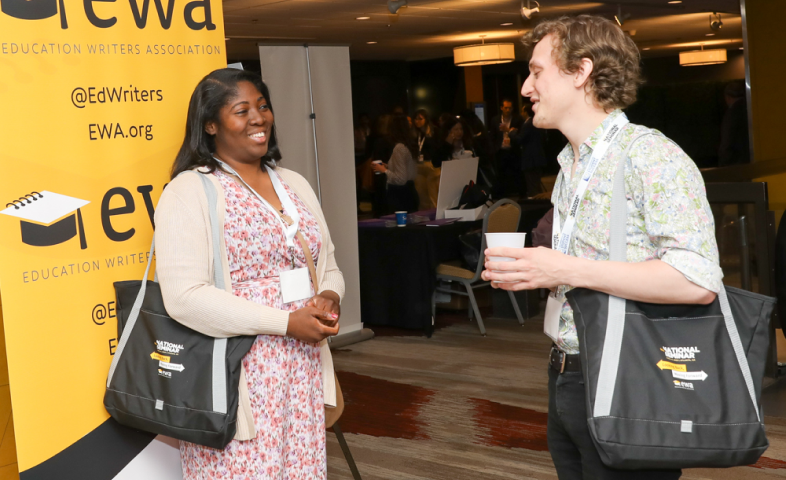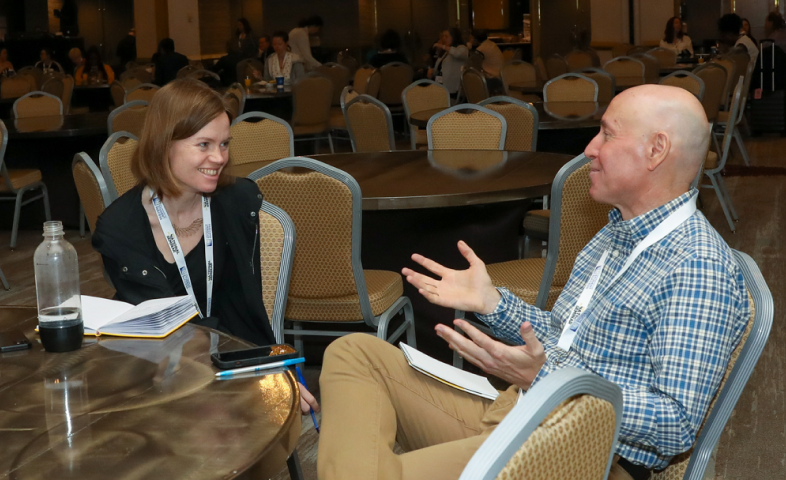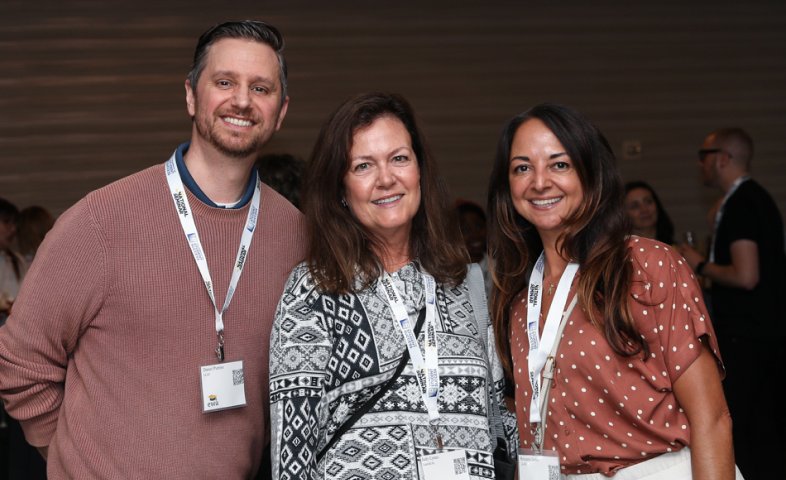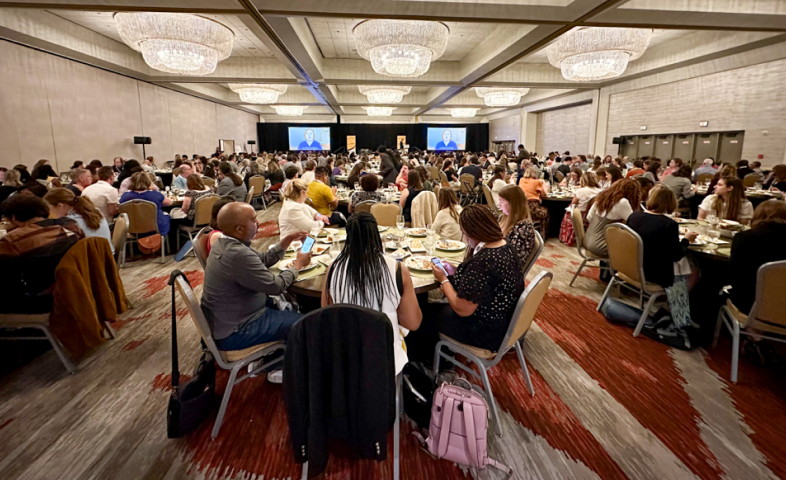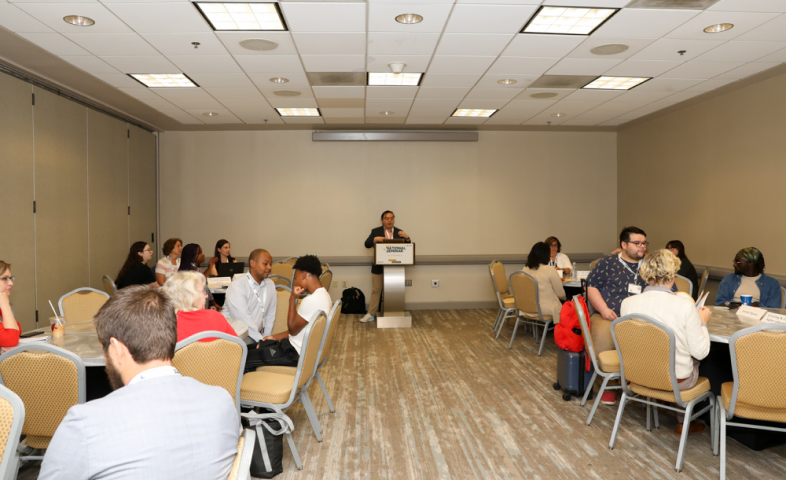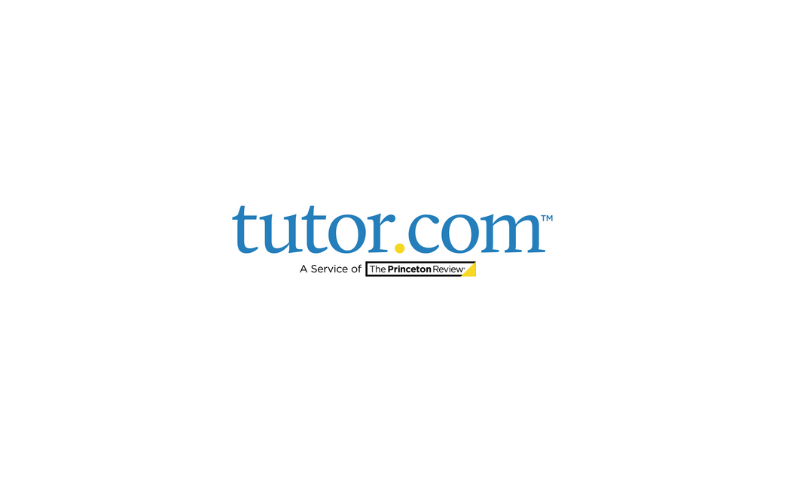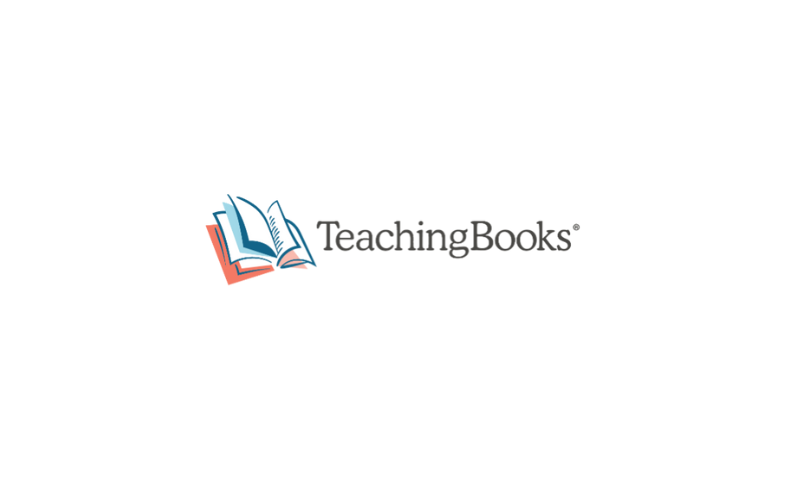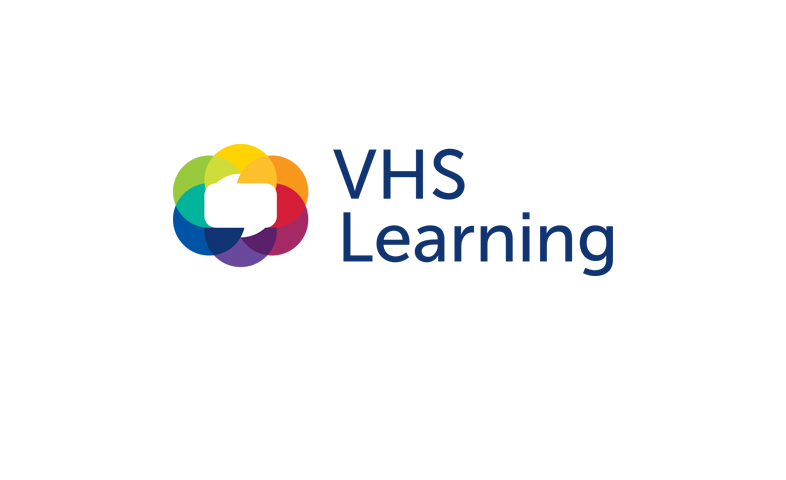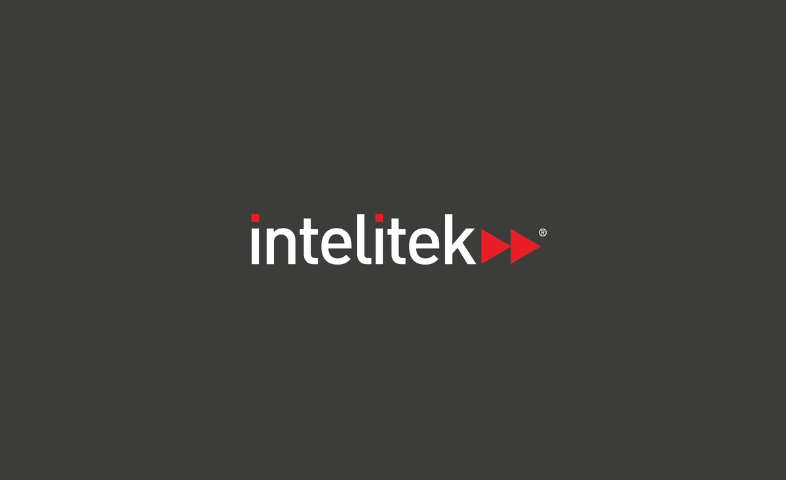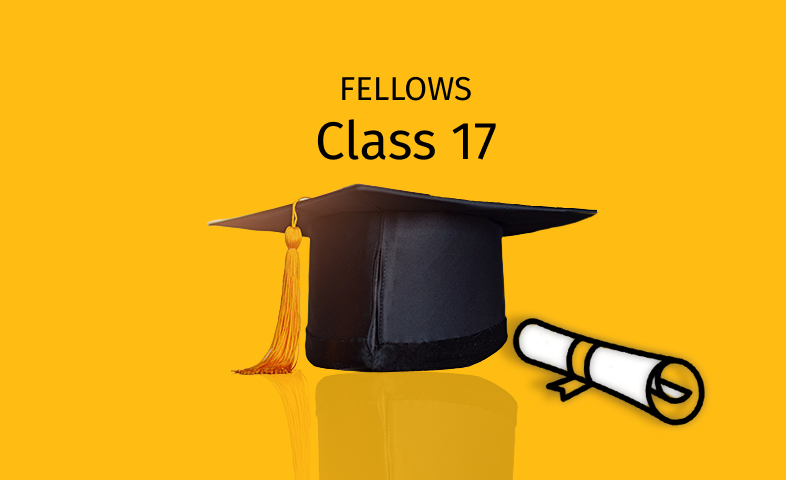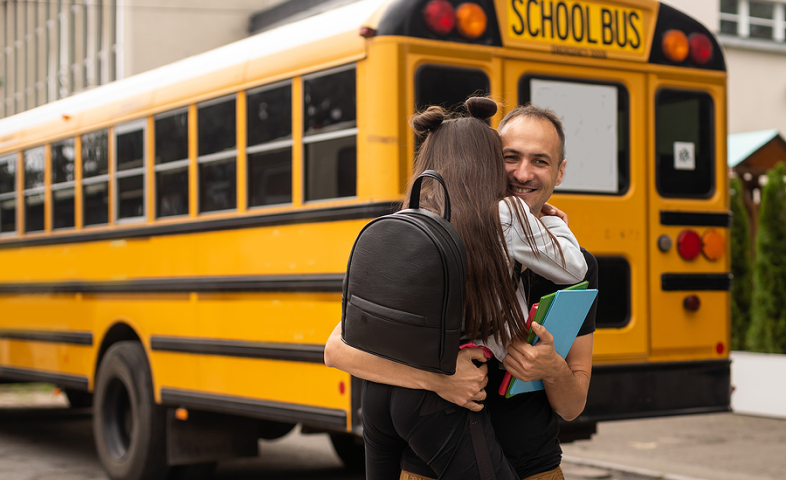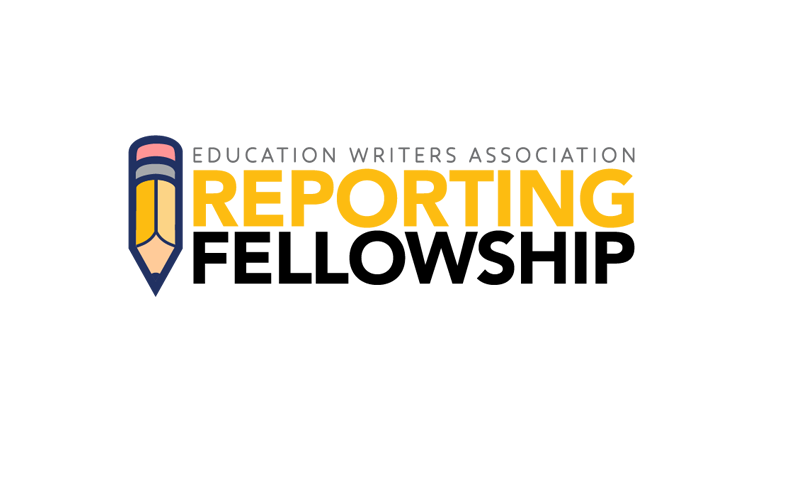Quick Links
Editor’s Picks!
Data & Research Tips
How to Cover the Story
The Boston Globe’s Christopher Huffaker and Deanna Pan produced this teacher strike coverage guide to help reporters get this story right.
Data & Research Tips
There are long-standing myths about after-school programs. Before writing your next story, dive into what the research says. Get tips for finding research and insight into program providers’ data-gathering methods.
Data & Research Tips
How to Cover the Story
Jo Napolitano of The 74 advises reporters on covering newcomer students as immigration and education continue to be major political issues. She addresses word choice, educational disparities, enrollment trends and explains why this is, at its heart, a school funding story.
Data & Research Tips
Educated Reporter
How to Cover the Story
Rachel Cohen of Vox explains why reporters need to maintain their due diligence and skepticism when covering the child care sector. She shares tips to better use data.
Announcements
It was with immense sadness that we learned this weekend of the death of Fazil Khan, a data reporter at The Hechinger Report and an EWA member.
How to Cover the Story
Story Ideas
Teaching about racism, critical race theory and LGBTQ issues is restricted in many states. Understanding these laws can be difficult due to confusing doublespeak and the need to develop further expertise. Here’s an explainer to get you caught up.
Data & Research Tips
How to Cover the Story
Story Ideas
Rural colleges must be a one-stop support shop for their increasingly diverse students, considering they’re often the lone higher education or service provider in their communities. Here are tips to help journalists best evaluate how well rural colleges are serving their students, not just in school but in post-graduation life.
Data & Research Tips
Educated Reporter
Latino Ed Beat
As the Hispanic population increases in the United States, so does the list of Hispanic-serving institutions, or HSIs. Experts discuss how reporters can best cover this underreported group of colleges.
How to Cover the Story
News Explainers
Despite high demand, many underserved communities face difficulties accessing after-school programs. Learn about the top trends to watch. Plus, get insight into out-of-school programs that are meeting the needs of their communities.
Educated Reporter
How to Cover the Story
Reporting on college-in-prison programs isn’t easy unless you have a source or a journalist on the inside. Ryan M. Moser has been that inside journalist, interviewing incarcerated students in the Florida Department of Corrections. Now working as an independent journalist in Philadelphia, Moser explains why it’s important to partner with incarcerated writers.
Data & Research Tips
Educated Reporter
How to Cover the Story
News Explainers
Early childhood education has a severe worker shortage. Here's how to cover pathways into the profession.
Educated Reporter
Story Ideas
Efforts in Republican-led states could create challenges for college students voting in the 2024 Election. Here are tips and story ideas to better understand and cover young voters.
Events | Podcasts | Webinars
April 4, 2024
Webinar
Programs and Services
As the national professional organization for members of the media who cover education at all levels, EWA has worked for 75 years to help journalists get the story right.
Today, EWA members benefit from our high-quality programs, training, information, support, and recognition.


Members' News
Events
Press Releases
Announcements
Events
Press Releases
Press Releases
Press Releases
Announcements
Announcements
Announcements
Get Involved

Sign up and receive three editions of EWA's newsletters and relevant eBlasts each week.


